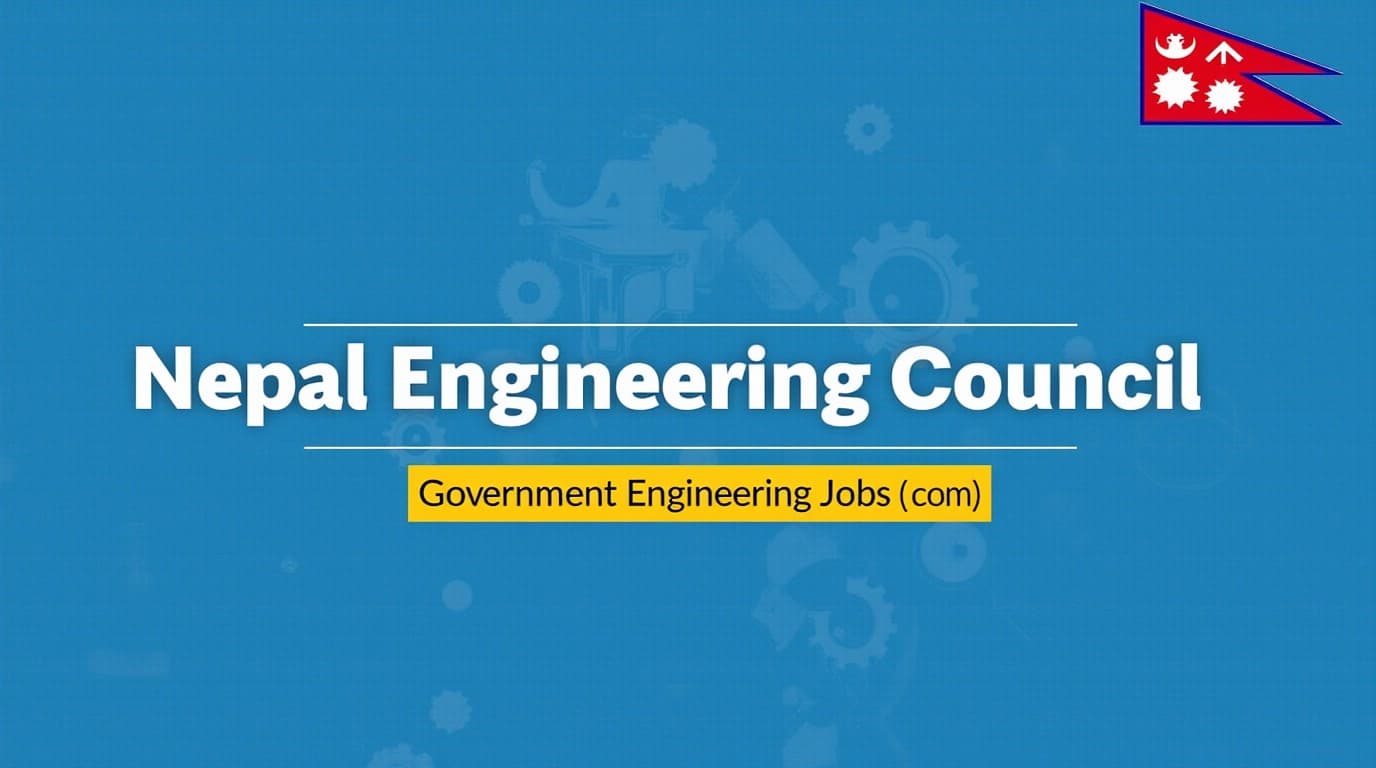Your Ultimate Guide to the Kharidar Exam in Nepal: Syllabus, Salary, and Success Strategies


The Lok Sewa Aayog (Public Service Commission) conducts Integrated and Unified Examinations to recruit candidates for the position of Kharidar (Non-Gazetted Second Class Officer: Non-Technical) across various government services. These include the Judicial Service, General Administration, Auditing, Parliamentary Service, and other related groups.
The examination process follows the Integrated and Unified System and is divided into two main stages:
- Written Examination: It was conducted in two phases (Preliminary and Main Exams).
- Final Stage Examination: It includes a Computer Skill Test and an Interview.
Why do most Nepalese people choose the Kharidar post of the Public Service Commission?
For many Nepalese, securing a government job represents stability, prestige, and long-term benefits. Among the various public service positions, the Kharidar role is one of the most sought-after. Conducted by the Nepal Public Service Commission, this exam serves as a gateway to a secure and fulfilling government career.
Whether you’re a fresh graduate or an experienced professional looking for stability, understanding the eligibility requirements, salary structure, exam format, and preparation strategies is essential.
In this comprehensive guide, we’ll walk you through all the key aspects from who can apply to how to prepare effectively, helping you take your first confident step toward success in the Lok Sewa journey.
Meanwhile you can read this: Teacher service commission
About Loksewa Kharidar Exam?
The Kharidar Exam recruits Non-Gazetted Second-Class Officers for Nepal’s government offices. Kharidars play a pivotal role in administrative tasks, policy implementation, and office management across departments like Judicial Services, Revenue, and General Administration. This position offers job security, growth opportunities, and a chance to contribute to national development.
Departments Under Kharidar Recruitment:
Successful candidates can work in diverse sectors:
- Judicial Service
- General Administration
- Parliamentary Service
- Revenue & Taxation Services
- Audit & Accounting Services
Each department requires specific skills, so aligning your preparation with your target sector is key.
Eligibility Criteria:
Before applying, ensure you meet these requirements:
Educational Qualifications:
- Judicial/Administrative Services: SLC/SEE (10th grade) or equivalent.
- Revenue & Audit Groups: SLC/SEE with subjects like Mathematics, Commerce, or Economics.
Age Limit
- General Candidates: 18–35 years
- Women & Differently-Abled: 18–40 years
- Current Civil Servants: No age limit
Kharidar Exam Selection Process:

The selection process is rigorous and divided into three stages:
Stage 1: Preliminary Exam (100 Marks)
- Format: 50 MCQs (General Knowledge & Mental Ability)
- Duration: 45 minutes
- Passing Marks: 45
Key Details:
- Negative marking (20% per wrong answer).
- Preliminary marks are only for screening. It is not counted in the final score.
- Paper I: Office Management (100 Marks)
- Topics: Public service ethics, office administration, governance.
- Questions: 12 short (5 marks each) + 4 long (10 marks each).
- Paper II: Service-Related Knowledge (100 Marks)
- Topics: Department-specific subjects (e.g., tax laws for Revenue Group).
- Questions: 8 short (5 marks each) + 6 long (10 marks each).
- Computer Skills Test (10 Marks): 15-minute practical on typing and software.
- Interview (30 Marks): Assesses communication, personality, and subject knowledge.

Kharidar Salary and Benefits:
As a Kharidar in Nepal’s civil service, you receive a stable income along with several government-provided benefits. The basic salary starts at NPR 32,910 (Grade 7), and with allowances included, the total monthly earnings reach approximately NPR 49,589. In addition to the salary, Kharidars enjoy benefits such as health insurance, provident fund, pension plans, festival allowances, and strong job security.
A career as a Kharidar offers clear opportunities for advancement based on performance, experience, and success in internal exams. The typical promotion path begins with Kharidar (Level 4) and progresses as follows:
- Kharidar (Level 4) is promoted to Nayab Subba (Level 5),
- Followed by Section Officer (Level 6),
- Then Under Secretary (Level 9),
- Joint Secretary (Level 11),
And ultimately reaching the position of Secretary, the highest administrative level.
With consistent dedication and qualifications, government employees can steadily rise through the ranks, achieving both personal growth and professional fulfillment.

Kharidar Exam Syllabus (New Curriculum 2081/82):
Preliminary Exam Syllabus
- General Knowledge: History, geography, current affairs, Nepali polity.
- Mental Ability: Logical reasoning, basic math, office management concepts.
Main Exam Syllabus
- Paper I: Public service ethics, administrative laws, governance.
- Paper II: Department-specific topics (e.g., tax laws, accounting principles).
How to Apply for the Kharidar Exam?
Step 1: Visit Lok Sewa Aayog’s website or the Loksewa Tayari app.
Step 2: Check the latest vacancy notice and eligibility.
Step 3: Upload documents (SLC certificate, citizenship, photos).
Step 4: Fill the online form and pay fees.
Step 5: Prepare for exams using mock tests and study materials.
Add Your Heading Text Here
How to Apply for the Kharidar Exam?
Step 1: Visit Lok Sewa Aayog’s website or the Loksewa Tayari app.
Step 2: Check the latest vacancy notice and eligibility.
Step 3: Upload documents (SLC certificate, citizenship, photos).
Step 4: Fill the online form and pay fees.
Step 5: Prepare for exams using mock tests and study materials.
Kharidar Mock Exams: Your Key to Success
Mock tests are indispensable for acing the exam. Here’s why:
Benefits of Mock Tests
- Familiarity: Understand question patterns and time limits.
- Self-Assessment: Identify weak areas (e.g., GK or math).
- Confidence Boost: Simulate real-exam pressure.
- Where to Find Mock Tests? Free Resources: Lok Sewa Tayari app, YouTube tutorials, past papers.
Master Time Management:
- Spend 1 minute per MCQ in prelims.
- Allocate 15 minutes per long answer in mains.
- Focus on Weak Areas: Use mock tests to track progress.
- Stay Updated: Follow daily news for GK and current affairs.
- Join Study Groups: Discuss topics with peers for deeper understanding.
FAQs About the Kharidar Exam:

1. What is the salary of a Kharidar in Nepal?
The minimum basic salary for a Kharidar (Non-Gazetted Second Class) is NPR 32,902. With a maximum of 10 grade increases, it can reach up to NPR 43,872. Additionally, a monthly allowance of NPR 2,000 is provided. Total earnings: Approximately NPR 49,589/month (including allowances).
2. Is there negative marking in the exam?
Yes, there is negative marking. 20% of the marks are deducted for each incorrect answer in the Preliminary (MCQ) exam.
3. Can I use a calculator in the exam?
No, calculators are not allowed in the MCQ-based exams.
4. How many attempts are allowed?
There is no limit on the number of attempts. You can apply as long as you are within the eligible age range.
5. Who can apply for the Loksewa exam?
Any person who is a citizen of Nepal can apply for the Loksewa exam.
6. How can I apply for the Loksewa exam?
You can apply by visiting the official Loksewa Aayog (PSC) website and completing the online application process.
7. What is the purpose of the Loksewa?
The Loksewa (Public Service Commission) is an independent constitutional body responsible for selecting qualified candidates for various government posts, such as:
- Civil Service
- Nepal Police
- Nepal Army
- Armed Police Force
It has functioned continuously since its inception and is protected under the Constitution of Nepal 2015 (2073 BS).
8. Do government employees in Nepal get other benefits besides their basic salary?
Yes, in addition to their basic salary, government employees receive:
- Cost-of-living allowance
- Provident fund contributions
- Medical allowance
- Festival expenses
- These benefits are not included in the basic salary scale
9. How often does the Nepal government revise the salary scale of employees?
The salary scale is usually revised annually or every two years, typically during the national budget announcement. The current scale applies to the fiscal year 2081–82.
10. How do government employees get grade increases?
Grade increases are awarded annually based on service. Over time, an employee may receive up to 7 to 10 grade raises, depending on the position.
Conclusion:
The Kharidar Exam is more than just a test. It is a stepping stone to a fulfilling career in Nepal’s civil service. With structured preparation, strategic mock tests, and perseverance, you can secure this prestigious role. Start today by downloading the Loksewa Tayari app or joining a coaching class. Remember, every hour you invest now brings you closer to that coveted government job!




